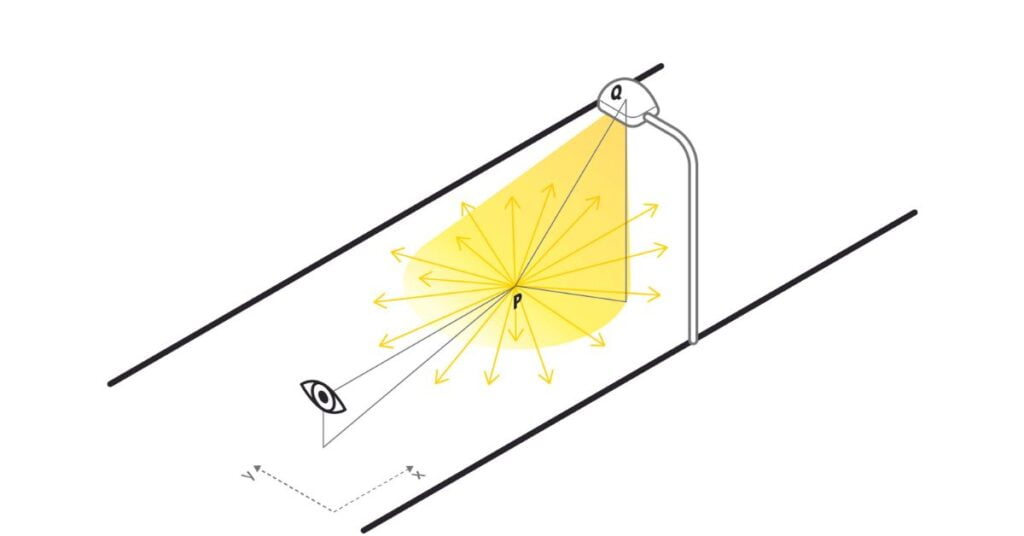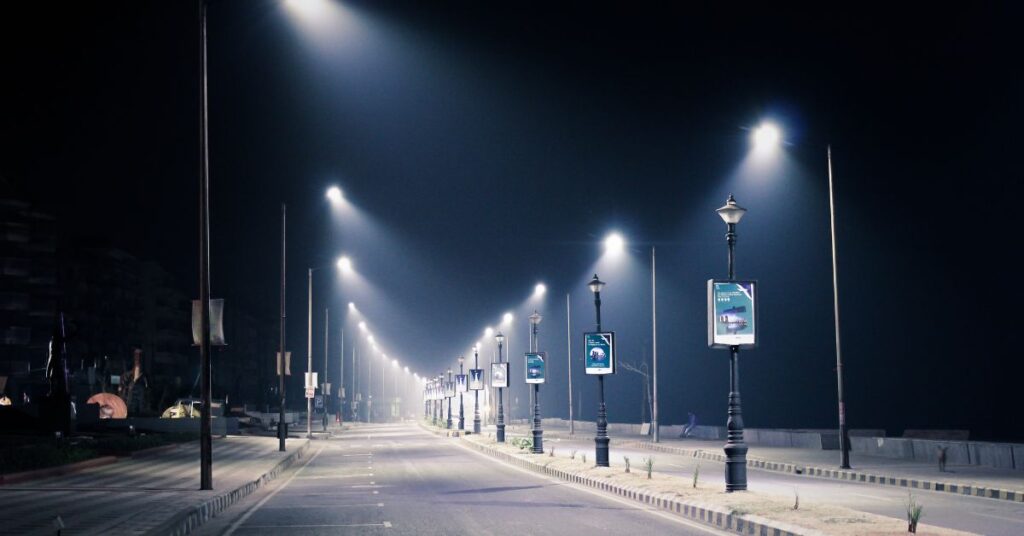What is luminance?
Different levels of luminance create contrasts, and thanks to contrasts we recognize shapes and see whole images, e.g. on a computer screen or in the cinema. Therefore, luminance is a measure of the brightness of a luminous surface used in lighting technology to evaluate the quality of displays, screens, emergency signs and other flat luminous objects. Luminance is created by illuminating a light-diffusing surface, such as on a TV or computer screen, or by reflecting light from a screen surface, such as in a cinema.

Why luminance is important in the design of road lighting?
We are all drivers, but not all of us know what makes vision comfortable and safe after dark. Contrasts, i.e. varying levels of luminance of the observed surface, allow us to see objects on the road. Luminance is the impression of the brightness of a surface and is created by the diffusion of a light beam falling from a lamp onto the road. Suppose that while driving a car, the driver observes the road for a distance of 60 – 120 m in front of him. If an obstacle appears on the bright background of the evenly lit road, the driver will be able to react early enough to avoid a collision. A contrast is created between the road surface and the object of interest by providing an even luminance level on the road. In this way the driver recognizes shapes, evaluates and reacts accordingly. And all this happens very quickly. This is why luminance is a measure used in the design and quality control of illuminated road sections.
